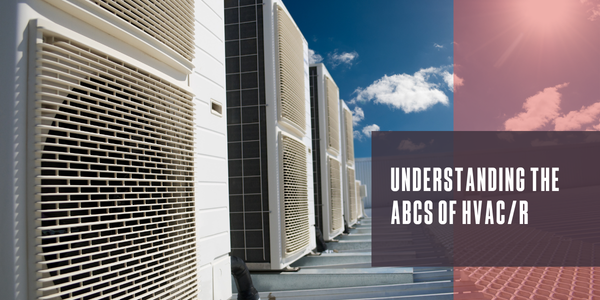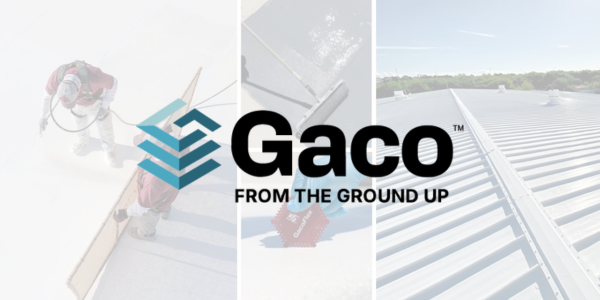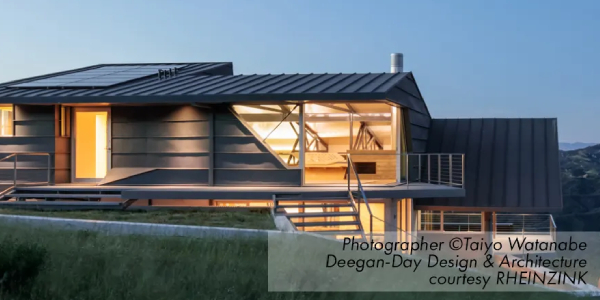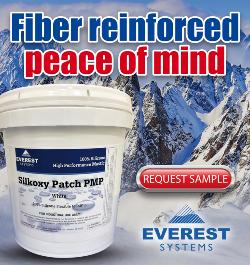Understanding the ABCs of HVAC/R
March 29, 2025 at 9:00 a.m.By Emma Peterson.
Learn about each part of an HVAC/R system and why ventilation is crucial to all of them.
In a new MetalTalk™ webinar, Heidi J. Ellsworth sat down with Greg Guse of Malco Tools to talk about heating, ventilation, air conditioning and refrigeration systems, also known as HVAC/R. Today, Greg is Malco’s director of engineering, but his story actually started on a farm in rural Minnesota. He explained, “All this has kind of been in my blood long before I ever got into tools because I had to do my own sheet metal stuff on the farm for roofing and all that kind of thing.” From there, he went to school for automotive engineering, found himself working for a couple general manufacturers and eventually started doing HVAC for them.
Now, Greg works for Malco Tools and has become an expert in the HVAC world, being featured as a speaker for a variety of podcast and an educator at HVAC Excellence. So, when we wanted to talk about HVAC/R and how it is different from the simpler acronym HVAC, we were thrilled to have Greg on this MetalTalk webinar.
H is for heating
Greg started by exploring the acronym of HVAC/R a bit deeper. He explained, “The H is for heating, which is any type of way of generating heat. So oftentimes we think about natural gas or propane where it's a fire burning for heat. That's one type of heating. You also have electrical heating where you're heating up an electrical coil and boilers, where you're heating water and then moving that someplace else.” These systems can be localized, imagine rooftop units for each building, or more centralized, like a hot water plant on a larger campus.
V is for ventilation
Moving onto the next letter, Greg shared a bit about ventilation, saying, “When we get to ventilation, one might think that it's simple because it’s just air. While it is all about air, moving it is not as simple as you might think.” Most commonly we think of rooftop ventilation units (RTUs). These use a fan to move air around and can be found in a lot of home furnaces. But there’s also ventilation involved in the heat process. Greg explained, “If you think about it, we have these radiator systems that do have fans built into them in some buildings and they can pull that heat off the radiator (that’s putting the heat in) and move it around.”
A and C are for air conditioning
While this might seem at first to be the polar opposite of heating, it carries more similarities than you think. Both heating and air conditioning systems work in tandem with ventilation to move heat around a space. The difference is that heating produces heat and aims to distribute it, and air conditioning aims to remove existing heat. The interconnectedness of all these systems has led to some incredible innovations in terms of HVAC/R efficiency. Greg explained, “The HVAC world has really, really changed recently with the addition of heat pumps. These heat pumps can take the hot air out of a space, so that you feel a space get colder because the heat is getting pulled out and put somewhere else. Some of them just put it outside and others can do things like turn it into boiling water in a water heater.”
R is for refrigeration
This is the one that might be newer to you, as we see the HVAC acronym more frequently than HVAC/R. While refrigeration might at first sound like air conditioning, it is different. Where air conditioning moves existing heat out, refrigeration is about making the air left behind cooler. Greg explained a bit of how this works, saying, “I used to work with a semi-truck in food distribution. In it, they use ammonia systems to keep it cold. This is the same idea when you think about your freezer at home, just on a different scale.” But, while it is not moving the air quite the same way heating and air conditioning systems do, ventilation is, specifically in the form of air filtration, still important to refrigeration.
Read the entire interview, Listen to the full conversation or Watch the whole webinar to learn more about HVAC/R and the importance of ventilation.
Learn more about Malco Tools in their Coffee Shop Directory or visit www.malcoproducts.com.
About Emma
Emma Peterson is a writer at The Coffee Shops and AskARoofer™. Raised in the dreary and fantastical Pacific Northwest, she graduated in 2024 from Pacific University in Oregon with a degree in creative writing and minors in graphic design and Chinese language. Between overthinking everything a little bit, including this bio, she enjoys watching movies with friends, attending concerts and trying to cook new recipes.





















Comments
Leave a Reply
Have an account? Login to leave a comment!
Sign In